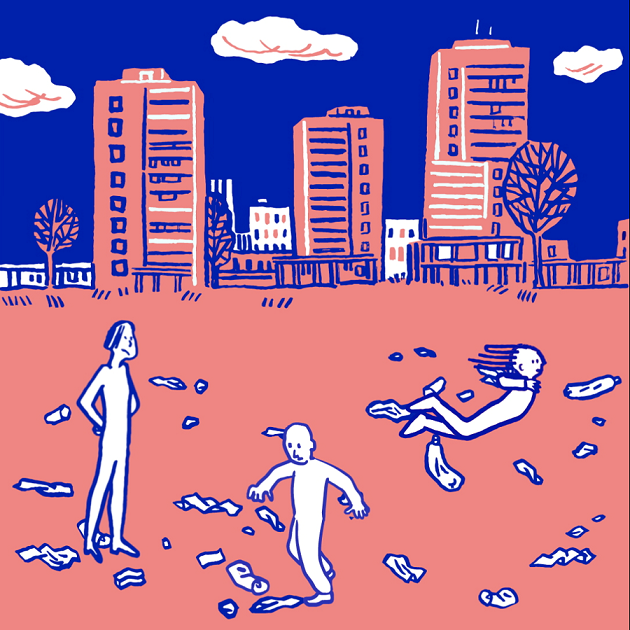
Belgrade – Urban Hub
Local initiatives in Belgrade took responsibility and started cleaning a local square with the help of the Association of Belgrade Architects in the project “Urban Hub”.
Belgrade Permanent link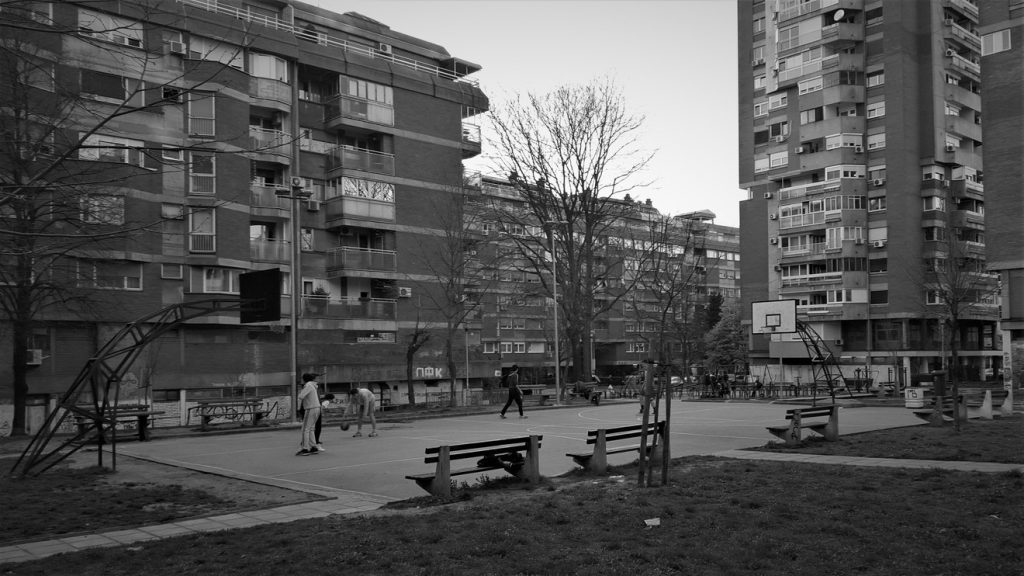
Since ancient times at the intersection of Eastern and Western Europe, Belgrade today is still a crossroad of different interests which give shape to its diverse urban development.
In this vibrant Balkan capital, Shared Cities focused on redrawing citizens’ relationships to their city by strengthening their right to it. Supporting local initiatives, facilitating participatory processes and creating urban interventions in neglected public spaces all contributed to new models of managing urban development where authorities, experts, citizens and developers share responsibilities for everyone’s benefit.
Since its foundation in 1960, the Association of Belgrade Architects (ABA) has focused on promoting creative approaches and knowledge in the fields of architecture and urban planning. ABA was involved in Shared Cities by organising the Belgrade International Week of Architecture (BINA), an annual festival bringing together experts from Serbia and other European countries and the Americas, to foster the exchange of ideas and provide a link between the international and the local creative scene in Serbia needing a boost to recover from years of isolation. As Shared Cities aimed to encourage people to be active in the transformation of their neighbourhoods, ABA facilitated the creation of two Urban Hubs. The Plato (Urban Hub #1) was designed by the Park Keepers, a group of three young mothers, who developed their housing estate courtyard in Belgrade’s central district Vračar into a lively local public space. The Multifunctional Spot (Urban Hub #2) in Belgrade’s suburban Ledine is an open classroom in a school courtyard fostering a unique learning and engagement environment. Ultimately, all these seemingly small activities have made Belgrade a better place for living.

Local initiatives in Belgrade took responsibility and started cleaning a local square with the help of the Association of Belgrade Architects in the project “Urban Hub”.
Belgrade Permanent link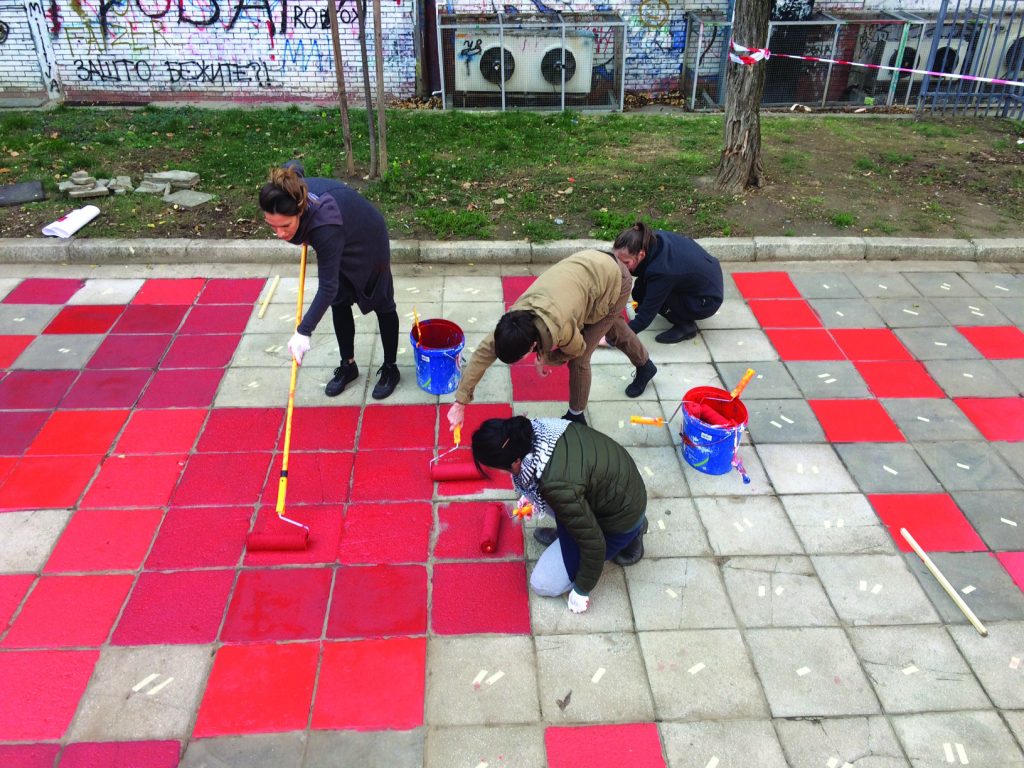
A group of three young mothers initiated the change of public space. How did they manage to develop the Plato, a housing estate courtyard in Belgrade’s central district Vračar, into a lively urban hub? And do people feel more responsible for their surroundings now? Find the answers in the interview with Tatjana Vukosavljević from Association of Belgrade Architects, Belgrade, Serbia.
Belgrade Permanent link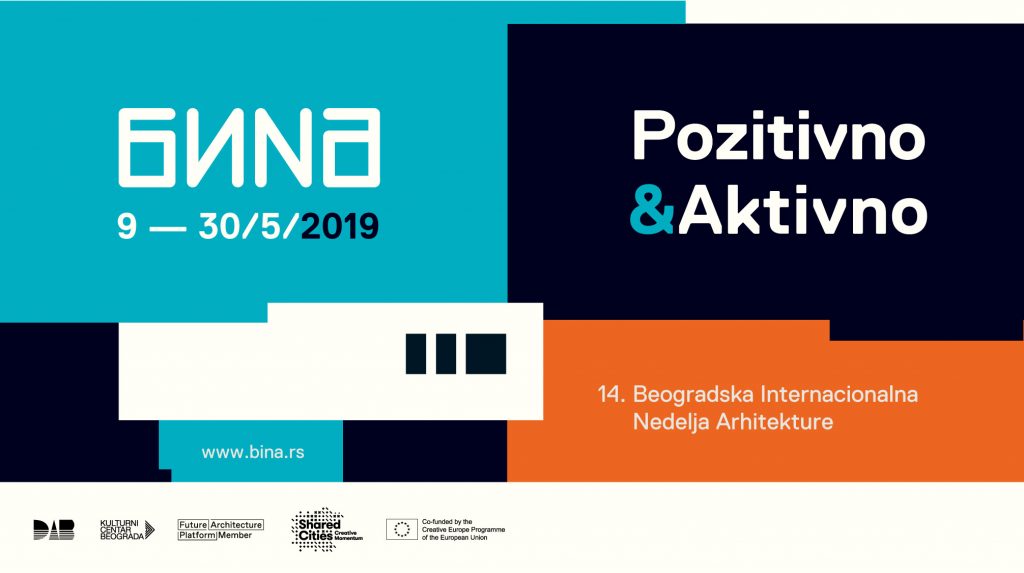
We are inviting you to the Shared Cities section of BINA 2019 festival in Belgrade
Belgrade Permanent link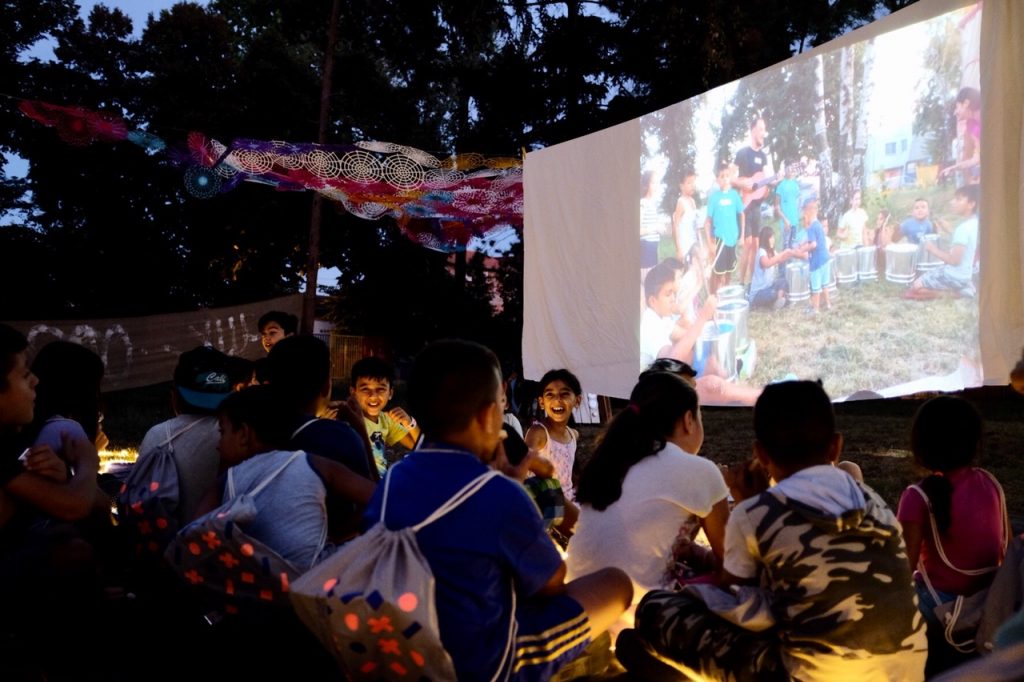
From 8th till 12th of August 2018 team Škograd organized the second summer school called Schoolaboratory 002 in the schoolyard of OŠ “Vlada Obradović Kameni”. The programme of the summer school aimed at children of Ledine. About thirty children participated in the workshops every day.
Belgrade Permanent link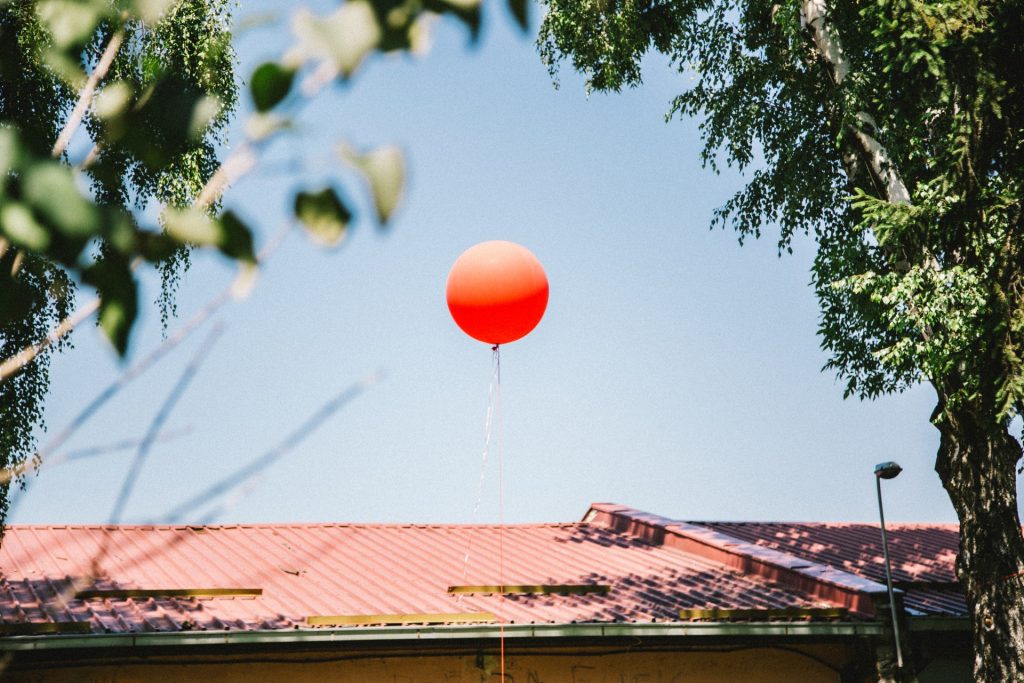
BINA has launched an experimental Urban Hub programme enhancing open urban spaces through cooperation with local communities. The goal is to explore ways of putting a "right to the city" into practice on the outskirts of Belgrade.
Belgrade Permanent link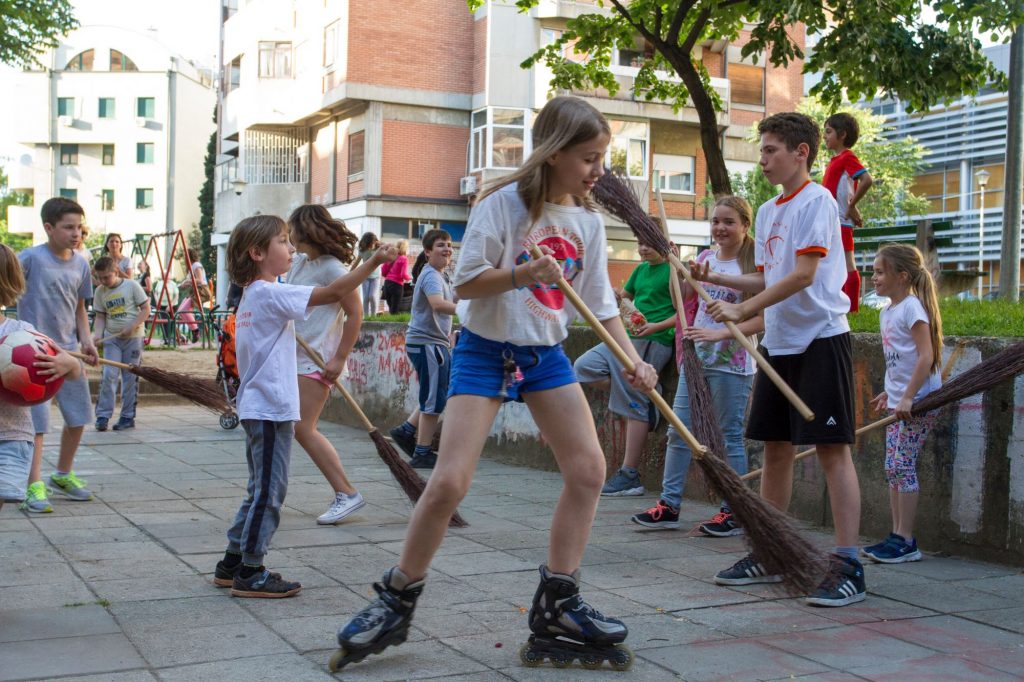
Passivity and apathy are significant (e)motions in Central and Eastern European societies. For decades our cities were managed, decided and maintained by centrally driven mechanisms. Design and maintenance of public space as well. ´ Today, important landmarks, plazas and boulevards are winning better treatment – nice furniture, greenery, maintenance and navigation systems. In the rest of our cities, however, we are left with vast spaces with no maintenance.
Belgrade Permanent link
Is transnational cultural collaboration possible? Is the pan-European political project viable? Do we, as Europeans, share similar cultural values and goals for the future? These are some of the questions discussed in our daily conversations and in local media.
Belgrade Permanent link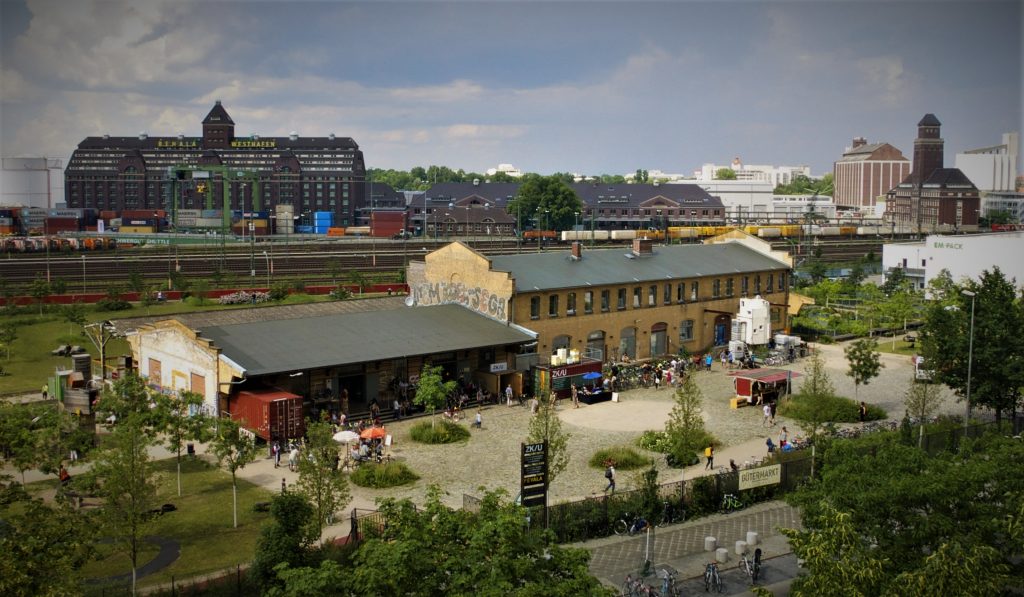
Four years ago, my good friend Marjetica Potrc took me to ZK/U, Center for Art and Urbanism in Berlin. We got out of the S-Bahn and walked along the street with the faceless residential houses with the backyard oriented to the waste railway corridor. In the distance, behind the rails, we could see mystical silhouettes of huge storages of Westahaven. It was during sunset and this entire scene made up of suburban irrelevancies and naked infrastructures that transformed into uncanny romance...
Belgrade Permanent link